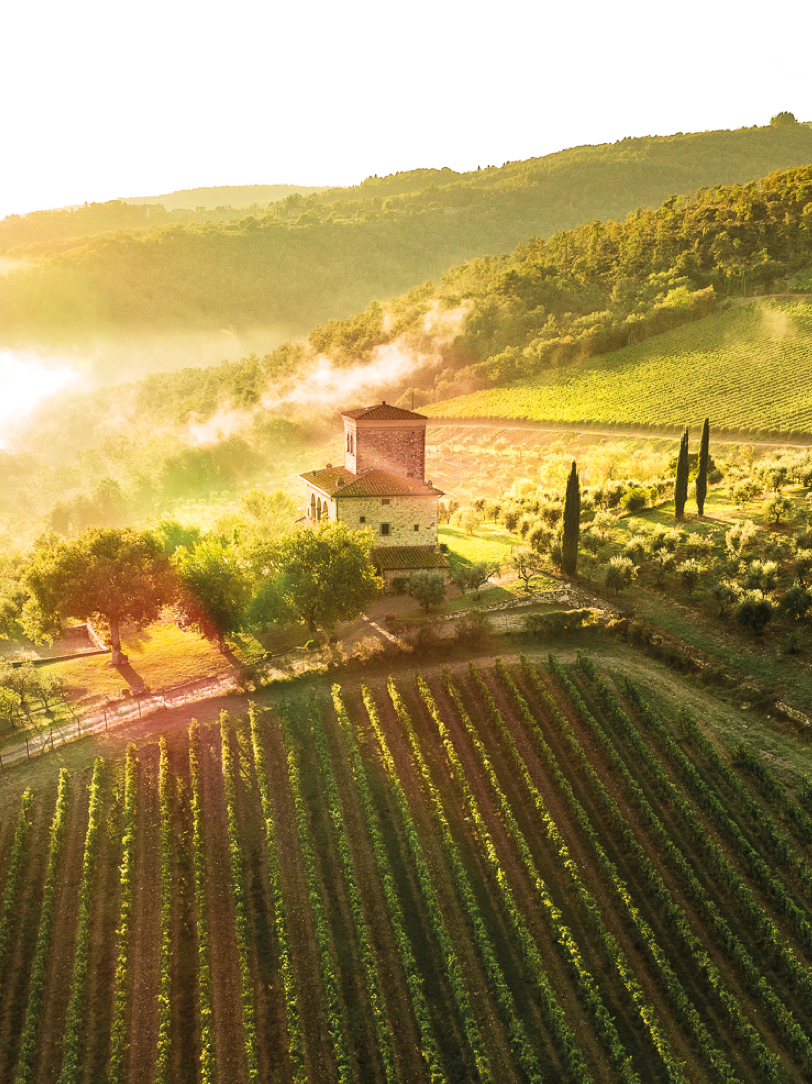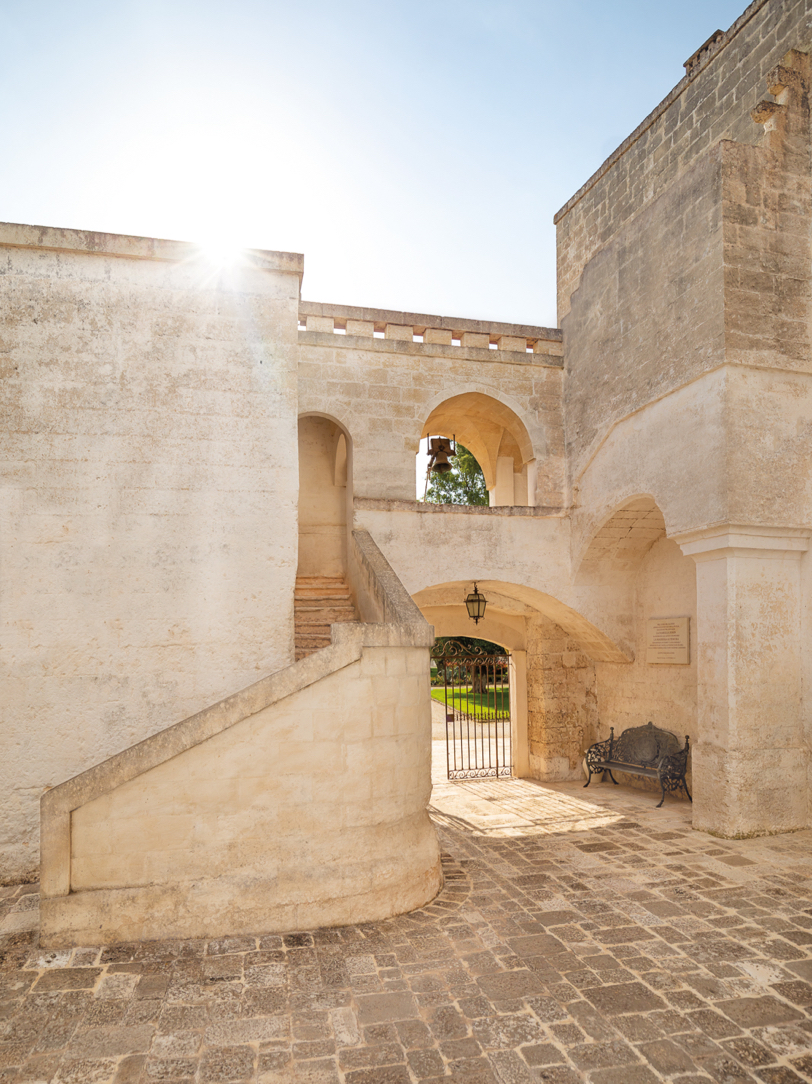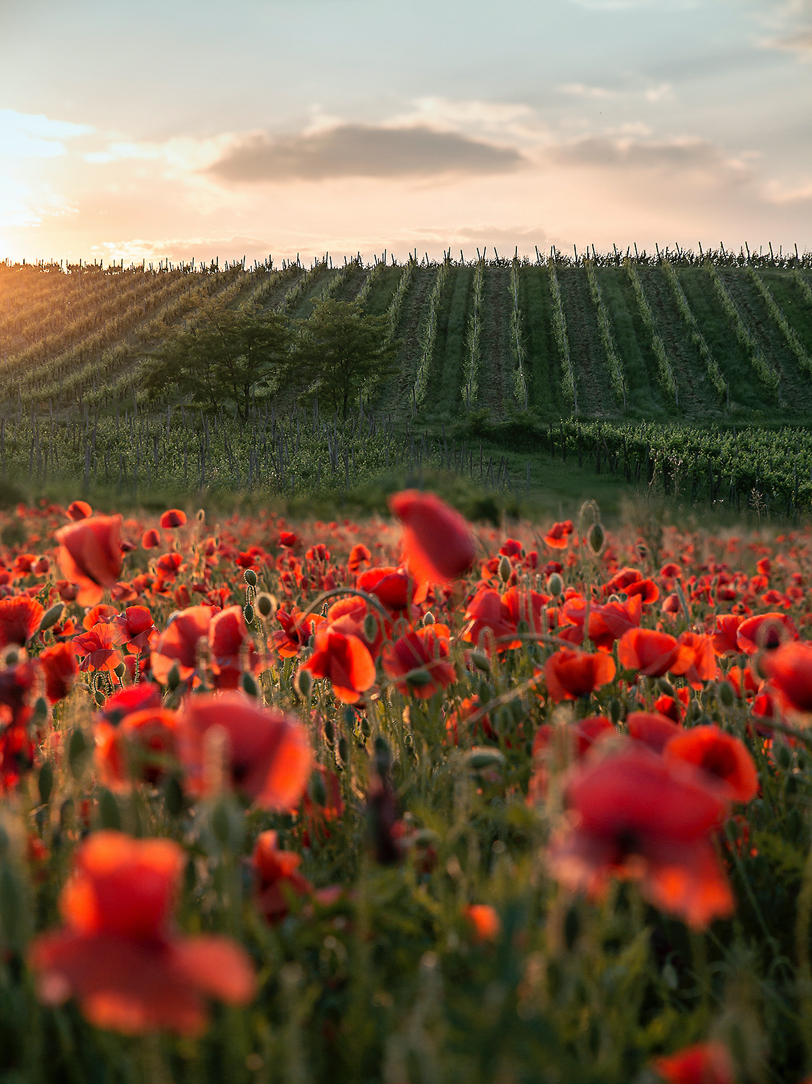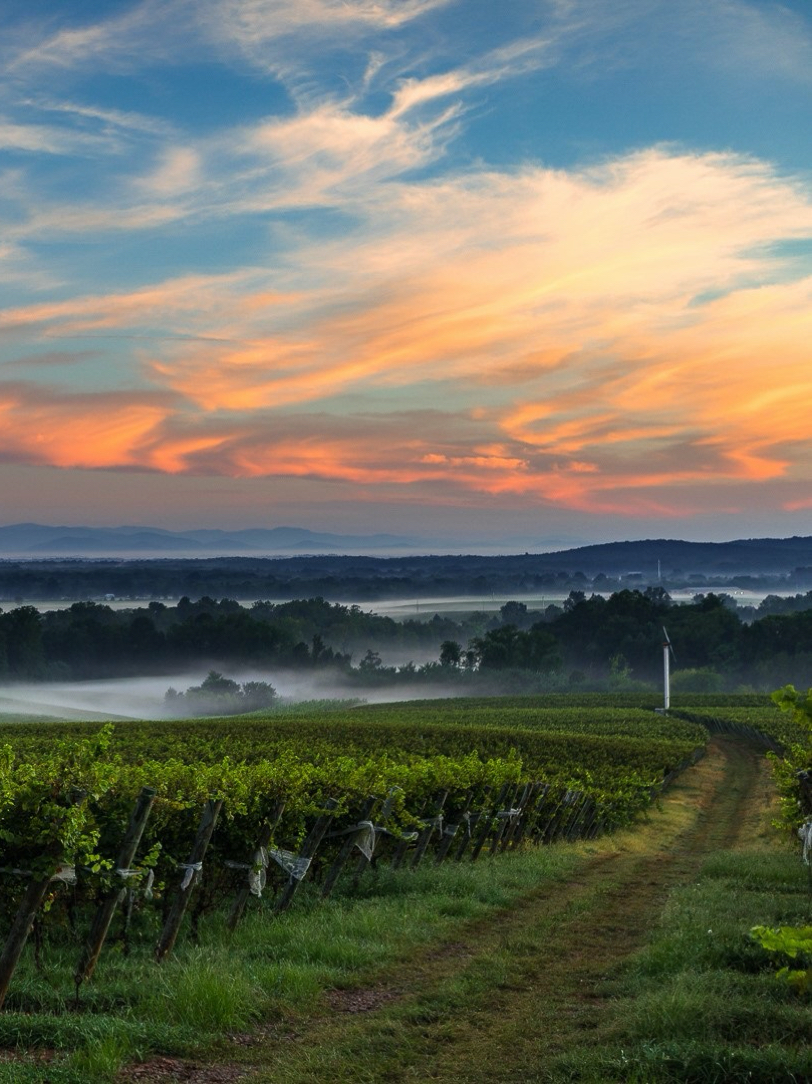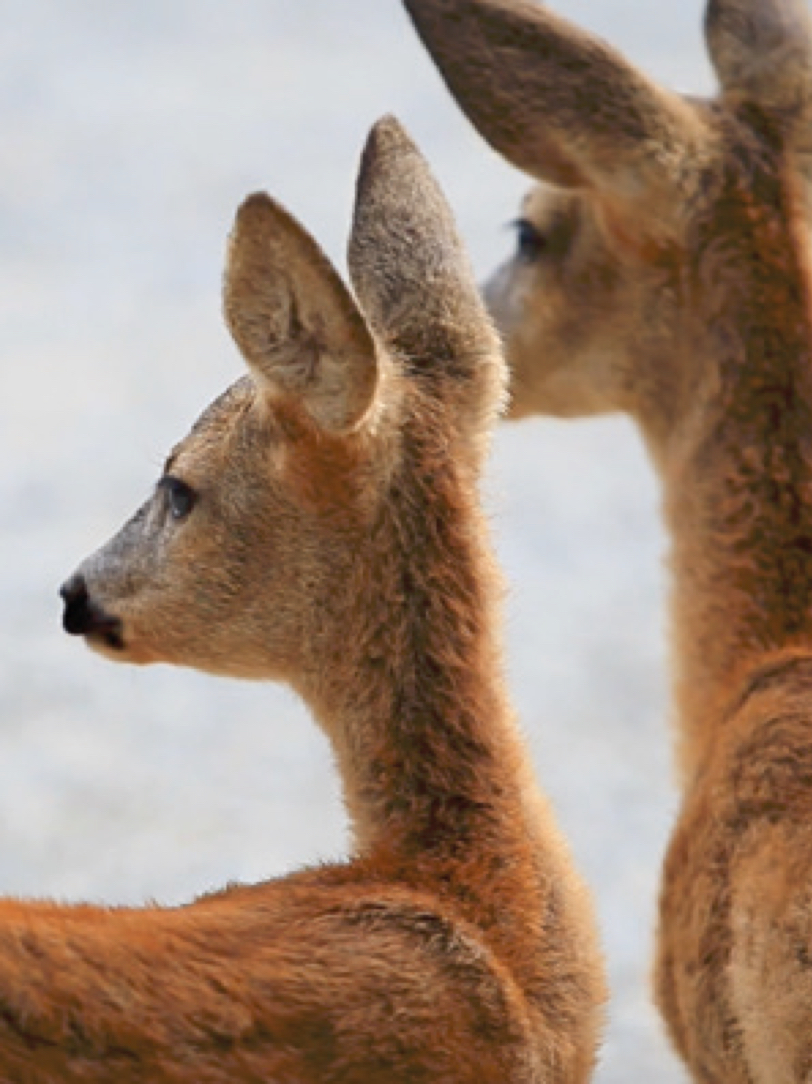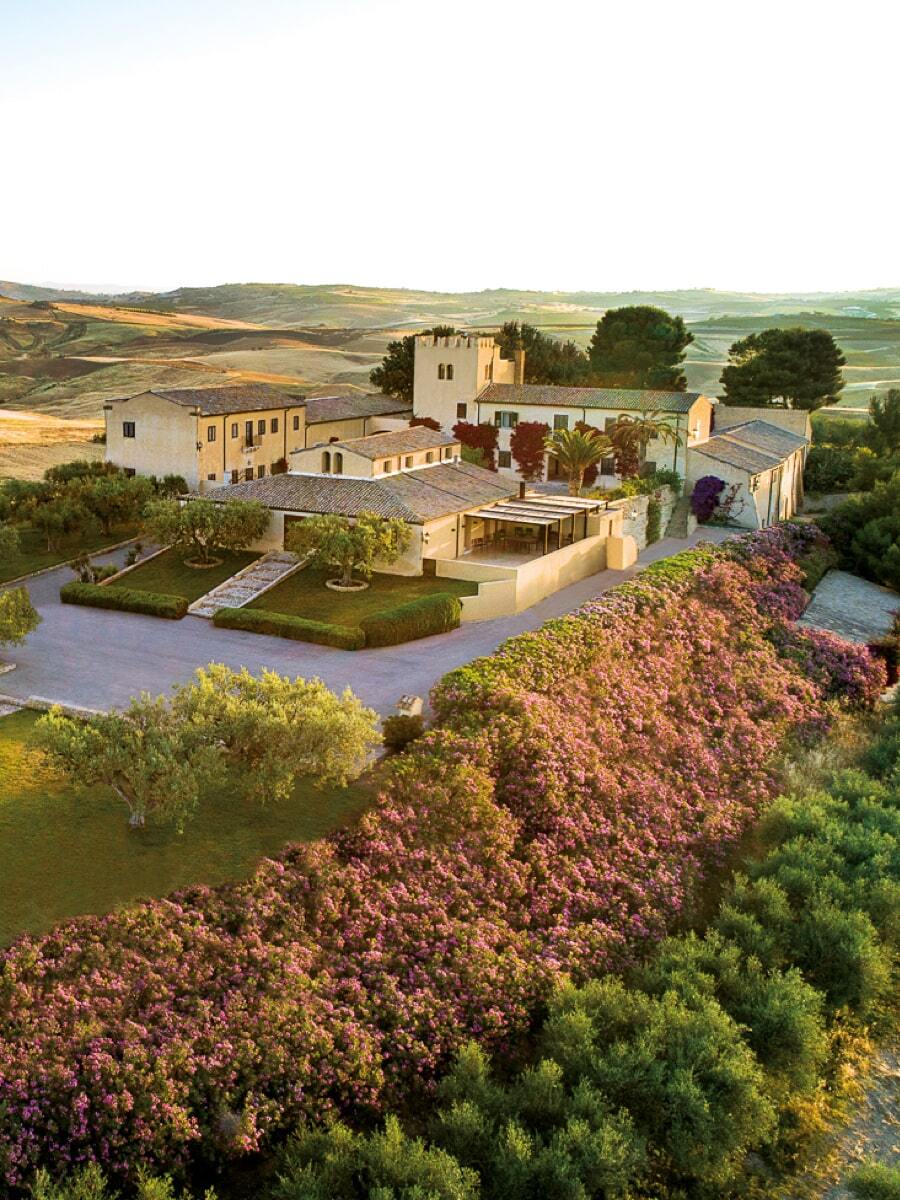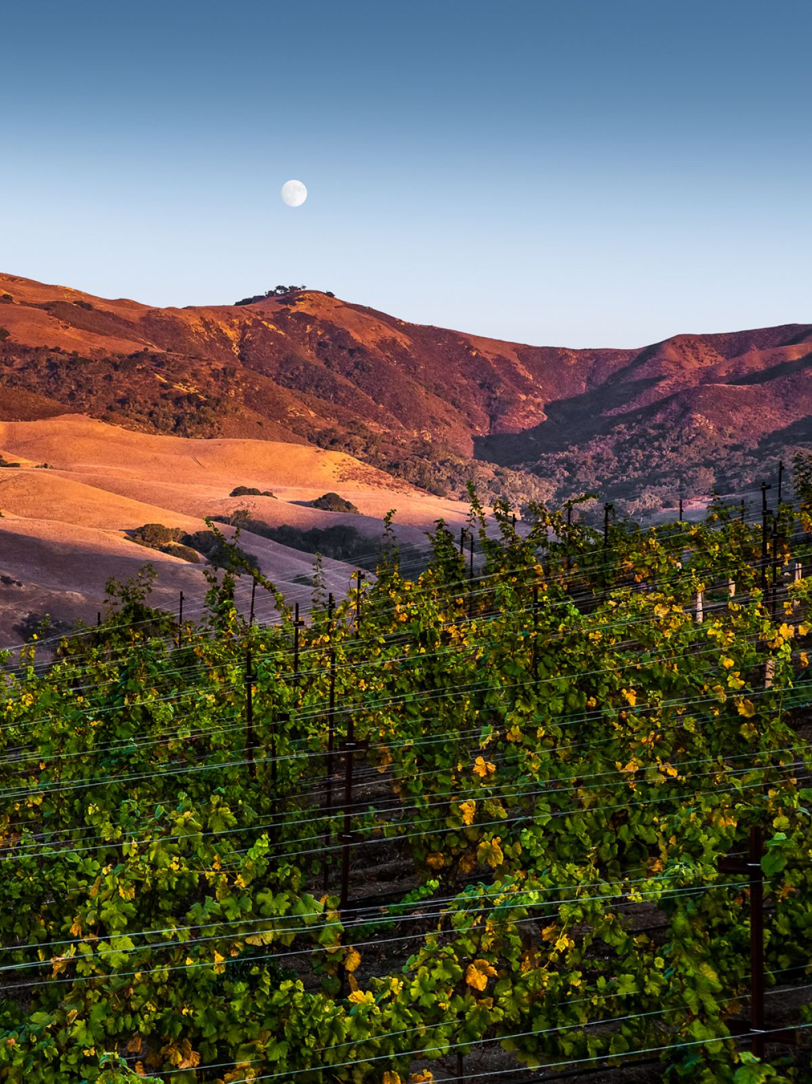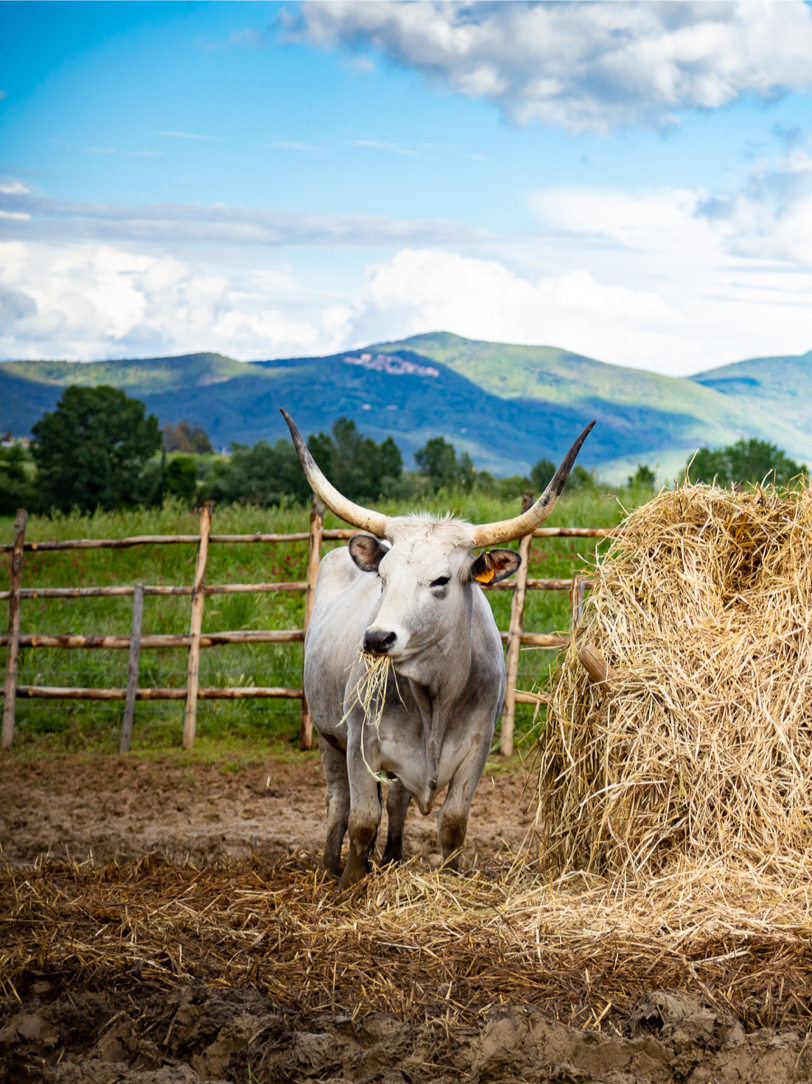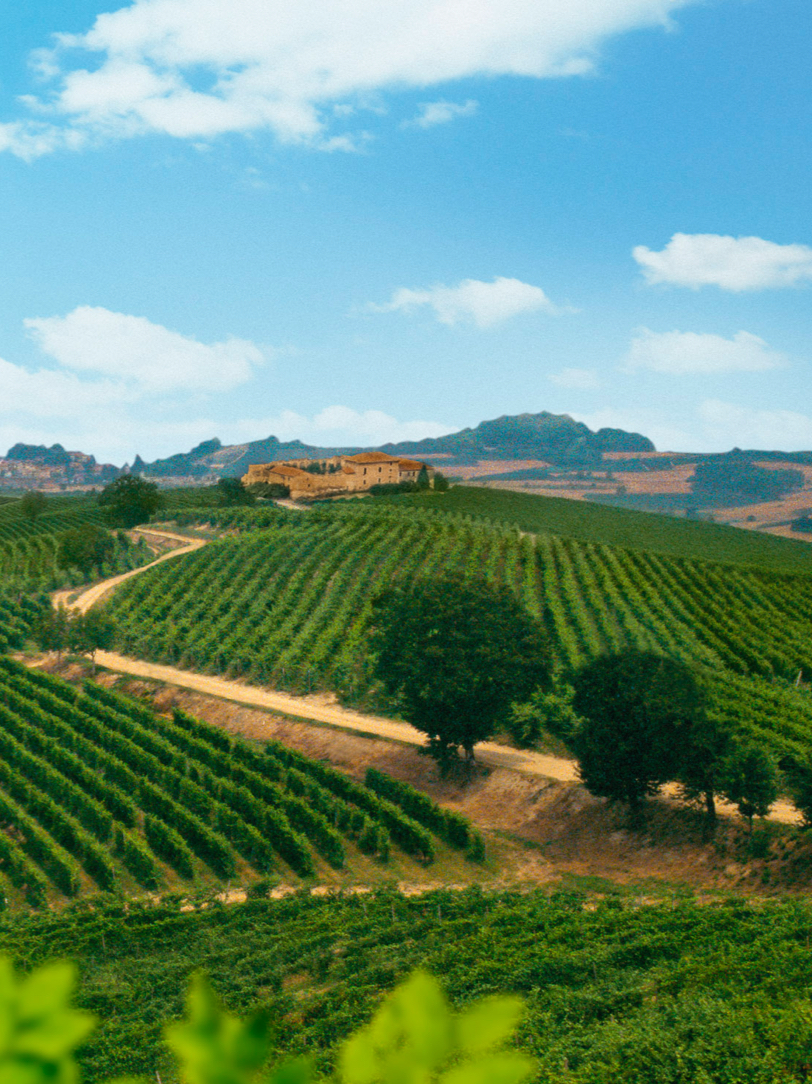The two harvests of Zonin1821
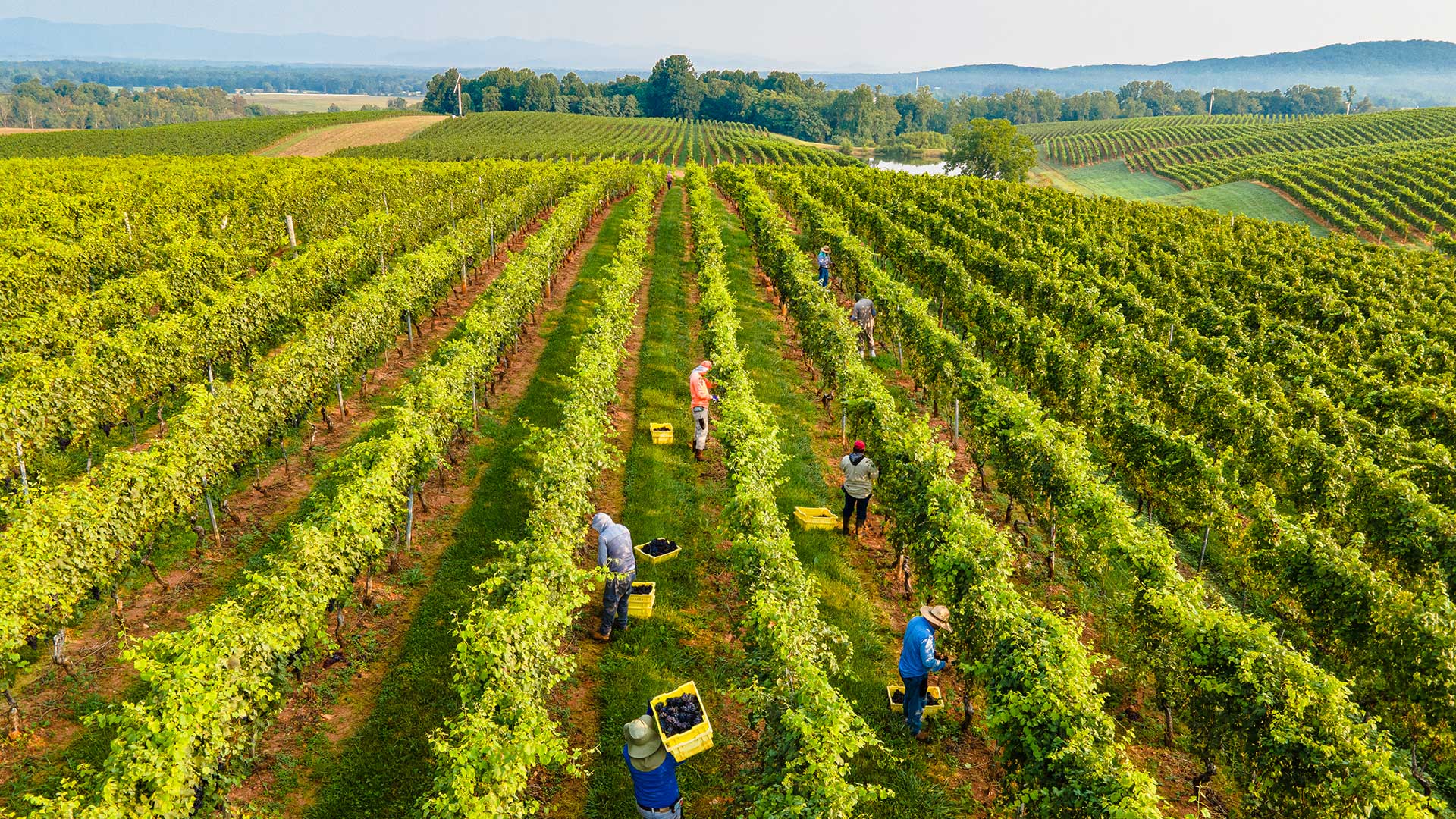
Giuseppe Caviola: “2021 will be a great vintage for Castello di Albola”
In Barboursville, the favorable climate will produce some of the most balanced wines in the history of the American estate
Recent increases across the board in the price of raw materials combined with lower yields and the simultaneous higher quality of the grapes will have an impact on prices higher quality of the grapes will have an impact on prices
Gambellara, October 22 nd , 2021 – Zonin1821 confirms previous statements regarding the pre harvest. The fine weather in September fostered steady, uniform ripening: the results were surprising both from a qualitative and a quantitative point of view, especially in the northeast. As for the other areas of Italy, however, while the harvests were excellent in terms of quality, the yields were well below average. Harvest 2021 for Zonin1821 can, in short, be described as synonymous with two different harvests within Italy, dividing the terroirs that make up the Zonin1821 estates into two macro-areas.
Giacomo Manzoni di Chiosca – Chief Agronomist of the Group commented: “We can confirm an excellent harvest from a qualitative point of view, although in terms of quantity, yields have turned out to be lower in some areas”, and added: “This year, the ongoing process of climate change very clearly influenced the development of the vine cycle throughout the country. The Group’s estates located in northern Italy such as Ca’ Bolani in Friuli-Venezia Giulia, Tenuta il Bosco in Lombardy and Castello del Poggio in Piedmont, as well as the more central estates of Castello di Albola and Rocca di Montemassi in Tuscany, recorded a significant drop in spring temperatures. This phenomenon slowed down budding and in general led to a later season across all the phenological phases and postponement of the subsequent phases of grape ripening. Recovery occurred thanks to the balanced and warmer temperatures in recent months”.
Roberto Lazzaro – Chief winemaker Zonin1821 adds: “The 2021 harvest started with Pinot Noir, for sparkling, in Oltrepò Pavese on average time, while there was a delay of some ten days from average for all the other varieties in the company’s estates”, and concluded: “In the one located in the north and central Italy such as Ca’ Bolani, Tenuta il Bosco, Castello del Poggio, Castello di Albola and Rocca di Montemassi, we achieved excellent ripening with good color, and sugar concentrations due to ideal day-night temperature excursion in late August, fostering wines with pronounced aromatic profile and great elegance. It promises to be an excellent vintage for sparkling base wines for both Pinot Noir and Prosecco. In the southern estates in Puglia – Masseria Altemura, and in Sicily – Principi di Butera, the harvest yielded excellent results in terms of quality. The high temperatures in August certainly worked against the harvest in terms of yields, but the balance in the vineyard was maintained and so we will produce wines with a strong polyphenolic structure, with just the right degree of ripeness”.
Giuseppe Caviola, Winemaker recently appointed Zonin1821 consultant for the Tuscan estate of Castello di Albola, commented: “The first harvest that I personally contributed to is one that has produced very well-balanced wines, especially in the case of Sangiovese. This was possible because the team at Castello di Albola was able to successfully manage the vintage in the vineyard. Starting with an alcohol content that was not excessive, the anthocyanins and polyphenols were present in the right concentrations and ripeness. So for Castello di Albola, 2021 was surprising: as expected, we had another hot vintage in Tuscany, but the wines will be balanced, highly structured, and with considerable acidity, which is key to the evolution of a great vintage”. Harvest 2021 will be remembered as an excellent vintage especially for the fine red wines, which benefited from an excellent climatic development in the final stages of the season. The characteristics of structure and balance are already evident in the tastings of the first rackings. The healthiness of the grapes, a constant feature of this vintage, enabled us to enhance the specific characteristics of the varieties via targeted macerations which tended to last longer than usual. The production of whites in the northeast achieved a natural balance well-suited for later technical ageing. Finally, we can confirm the widespread exponential rise in the price of raw materials (glass, metal,…). This aspect, combined with lower yields and higher-quality grapes, will necessarily lead to an increase of the prices in our price lists.
THE VINTAGE REPORTS FOR THE VARIOUS ITALIAN REGIONS WHERE THE ZONIN1821 ESTATES ARE LOCATED ARE DESCRIBED BELOW
FRIULI VENEZIA GIULIA – CA’ BOLANI – Cervignano del Friuli (UD)
Spring and early summer were characterized by heavy rainfall and unusual weather events yielding slower vine growth. In this period, the timing of interventions on the estate was crucial and the synergy and ability of the whole team at Ca’ Bolani to intervene ad hoc on each plot to ensure the health of the grapes were fundamental. The sharp rise in temperatures that took place in late June/early July then provided the vines with an important boost and accellerated the vegetative cycle, the harvest was nevertheless late compared with the norm in the last 5-10 years. The first wines confirm the forecasts of excellent-quality white grapes, with aromatic profiles that are truly surprising. Specifically, Sauvignon Blanc presents a very elegant aromatic profile that will yield characteristic, age-worthy wines. Pinot Grigio reacted ideally to the temperature changes that were a feature of the first part of spring. The quality at harvest time was high and the health of the grapes was excellent.
LOMBARDIA – TENUTA IL BOSCO – Zenevredo (PV) and PIEDMONT – CASTELLO DEL POGGIO – Portacomaro Stazione (AT)
Tenuta Il Bosco started by harvesting the grapes for the sparkling base wines and the initial results are very good from a qualitative point despite some challenging and extraordinary climatic events. Yields were lower than average, compared to previous years, due to spring frosts. The sparkling base wines vinified in Oltrepò Pavese surprised us for the peculiarity of their characteristics, with very bright acidity that provides great promise for the potential of Oltrenero sparkling wines. Currently, the base wines are ageing on the fine lees, an operation that will enhance the characteristics before proceeding to bottle fermentation that will take place next spring. 2021 will be a memorable year for Barbera d’Asti, enabling us to select superior quality grapes in some historic company-owned vineyards. In the coming months, we will evaluate the ideal ageing cycle. As for our Moscato, the 2021 harvest was very good from a qualitative point of view, albeit with a reduced yield. The areas not affected by hailstorms were able to express extraordinary qualities even among the red varietals, typically with later ripening, such as the Costigliole cru of Barbera d’Asti.
TUSCANY – CASTELLO DI ALBOLA – Radda in Chianti and ROCCA DI MONTEMASSI – Roccastrada
The vegetative development of the vines in the region was somewhat slowed down this year and the harvest was 10- 14 days later than usual. Yields were lower than in recent years, but the intense day-night temperature excursion in the last two weeks of August, contibuted to an overall excellent harvest, particularly for Sangiovese in the Chianti Classico area and for Vermentino in the Maremma region.
The whites in Maremma are particularly balanced and fragrant, especially those based on Vermentino, an autochthonous grape that consistently demonstrates an ability to adapt to the climate and the characteristics of the Maremma soils. Because of the naturally lower yields, the red grapes have shown very promising characteristics for age-worthy wines.
The Sangiovese in the Chianti Classico area has confirmed our strong qualitative expectations, due also to the careful collaboration between our consultant, Caviola, and the production team both in the vineyards and the winery. We are very satisfied with the characteristics of the wines, which have expressed very evident typicality and unusual roundness.
APULIA – MASSERIA ALTEMURA – Torre Santa Susanna (BR)
Puglia enjoyed a good vintage from a climatic point of view. This provided a guarantee of uniform development in the ripening of the grapes, which was perhaps only slightly delayed compared to the last 5 years. The harvest from Masseria Altemura began in the last week of August, starting with white grapes and then moving on to the red grape varietals for rosé wines.
The rains in late August, combined with the winds that are typical of the climate in Puglia, helped to offset a mild water shortage, kicking off a harvest that looks very positive. The first data are promising both in terms of yield per hectare and from an organoleptic point of view.
The beautiful summer season had great influence on the quality of Primitivo and allowed us to work more intensely on extraction from the pulp and skins. Technological innovation, such as some additional experiments in terms of fermentation, is the basis for the improvement also exhibited in the rosé wines to be released next spring. Puglia has proven itself once again to be the ideal territory for this type of wine.
SICILY – PRINCIPI DI BUTERA – Butera
The particularly hot climate, especially in August, led to an acceleration in grape ripening. The harvest at Principi di Butera began in late August with the base wines for Pas Dosé, the Metodo Classico sparkling wine made with Nero d’Avola grapes. The harvest for this sparkling wine takes place in the very early hours of the morning, a procedure that safeguards the health of the grapes: they are harvested manually and brought to the cold room to avoid any premature fermentation.
The first analyzes show balanced wines in terms of both acidity and alcohol content. Due to the innovative and sustainable agronomic techniques implemented, such as the rationalization of irrigation by means of a forecasting device that allows us to adapt the water intake to correspond with winemaking objectives, the quality of the grapes was perfectly preserved.
The harvest in Sicily was characterized by lower yields than in past years. Despite the difficulties of a harvest carried out in temperatures exceeding 30°C, the quality of the red grapes appeared to be excellent in terms of concentration and structure, particularly the Nero d’Avola and Syrah varietals that will yield wines with considerable potential.
OVERSEAS: BARBOURSVILLE VINEYARDS – Virginia, United States
The season began with a familiar concern: fine weather in March causing early bud break in the vineyards, with the risk of subsequent frost. Fans and 600 stoves were used very successfully to protect the vineyards from two nights of frosty weather. A slow, steady rise in temperatures, in April and May, accompanied by near-perfect rainfall, allowed ideal vegetative development up to flowering, which began on 24 th May. June was basically dry and slightly windy, perfect conditions for the completion of flowering, with some timely rain towards the end of the month. This was followed by a seven-week period of persistent heat and no rain. At the beginning of August, thanks to 50 mm (2 Inches) of rain, the ripening process accelerated. Harvest began, earlier than average, on August 14 th with the Moscato for our Passito and ended with Cabernet Sauvignon on September 21 st . Overall, the white as well as the red grapes were harvested at their ideal stage of ripeness. The 2021 vintage was characterized by a favorable climate that will result in some of the most balanced and elegant wines ever produced at Barboursville Vineyards. Finally, the Dos Almas estate in Chile will be harvested in the coming spring.

